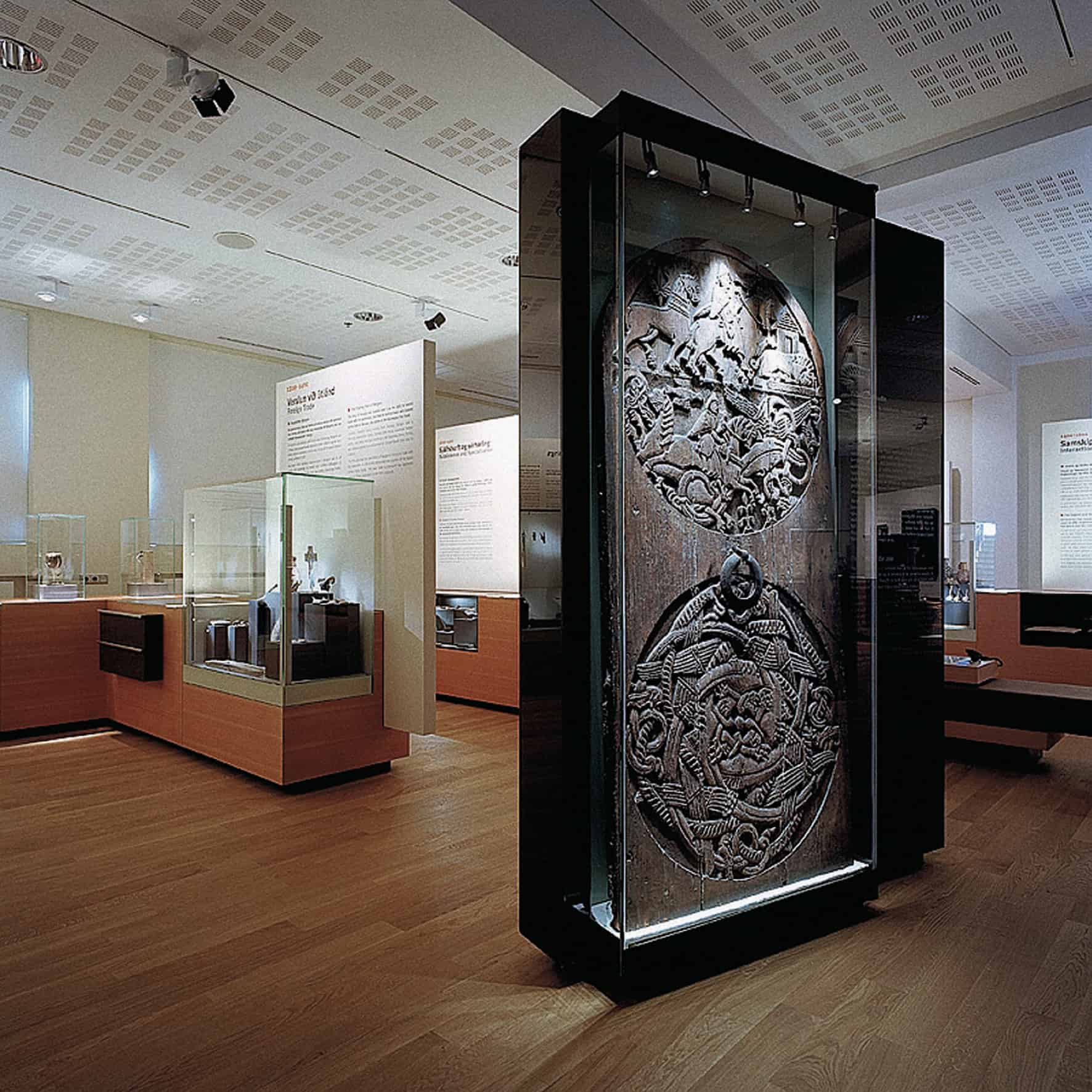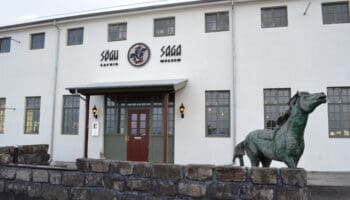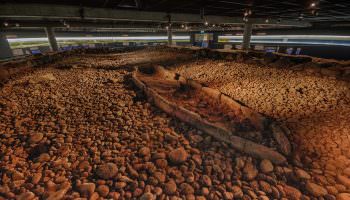According to the Book of Settlements, Iceland’s first discoverer was a Faroese Viking called Naddoddur. He, and other Norsemen brought their Celtic wives and slaves from Ireland and Scotland and settled in Iceland in the 9th Century. But, there is strong evidence to suggest that Irish monks got here first and enjoyed the solitude and tranquility of Iceland to meditate and worship. Naddoddur and his group did not stay for long and Ingólfur Arnarson is named as the first permanent settler of Iceland. He brought his family, slaves and livestock and settled in Reykjavík. The rest is history as they say, presented in world-class exhibits in the National Museum of Iceland, The Settlement Exhibition.
Under the Influence
During the Viking Age, the North-Germanic language, Old Norse, was spoken by Scandinavians in their homelands and overseas settlements. Changes appeared in the Icelandic pronunciation that were not heard in the other Scandinavian languages, and the grammar became simpler outside Iceland. Old Norse was the language of the Eddas, sagas and skaldic poems and unlike Danish and Norwegian, Icelandic did not change much as its users resisted outside influences. Due to the similarity between modern and ancient grammar and writing, most Icelanders are still able to read and understand the original Sagas, although most texts have been simplified. Today, however, resistance to other influences is not as strong and Icelandic continues to change and develop as it is influenced and infiltrated mainly by English.


